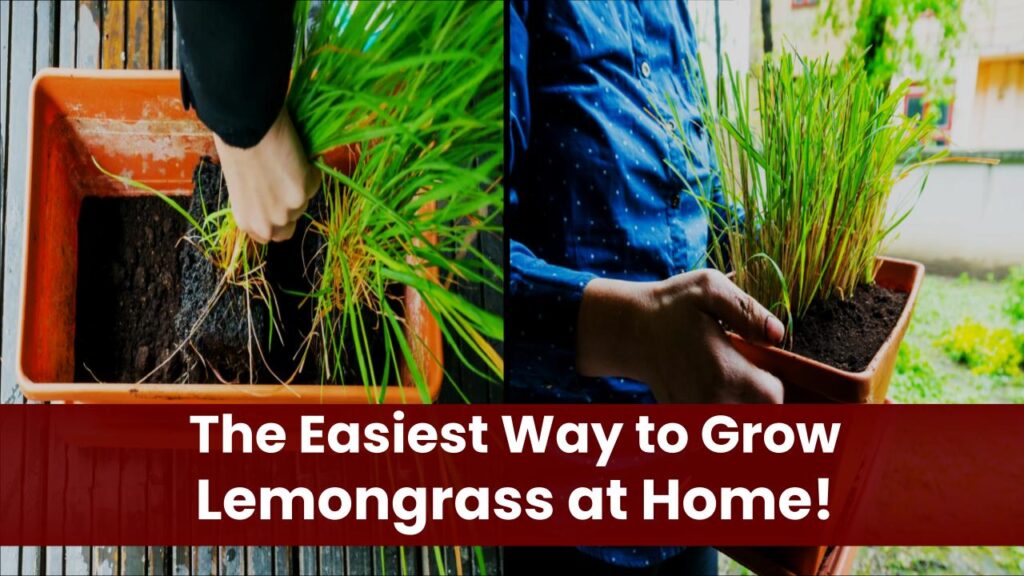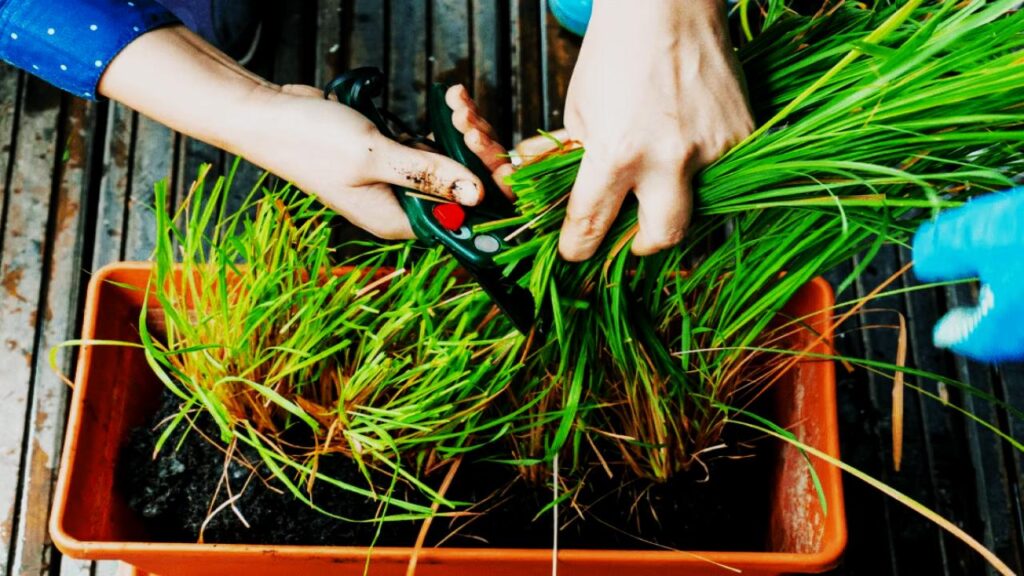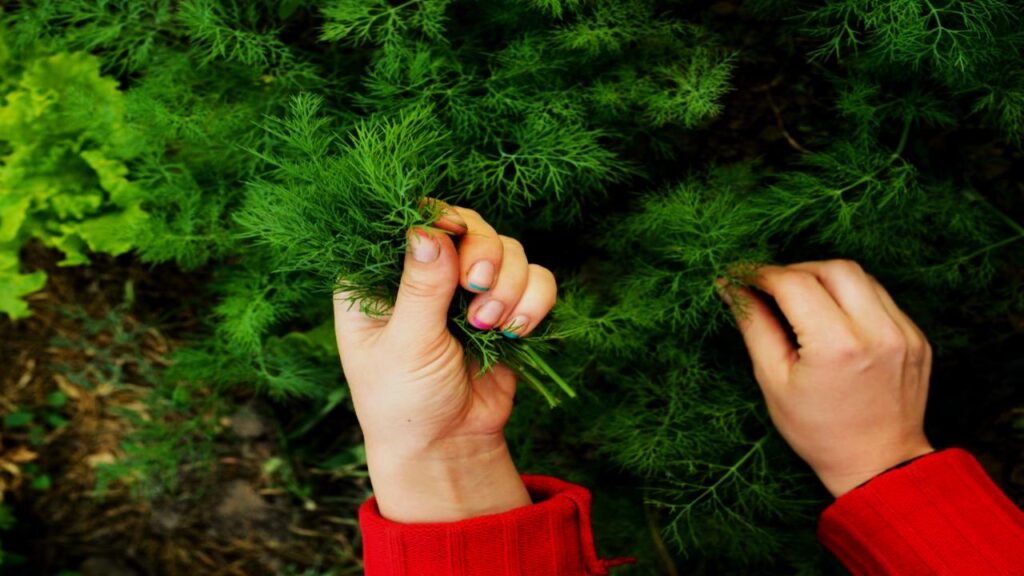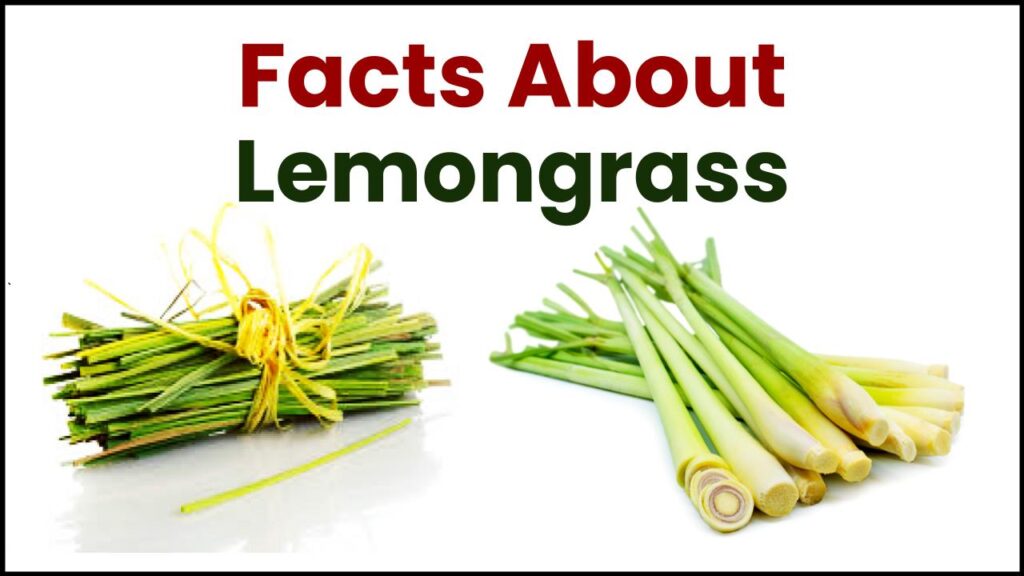If you’ve ever wanted to grow herbs but live in an apartment or a place without outdoor space, you’re in luck. Growing lemongrass indoors is one of the easiest and most rewarding things you can do—even if your thumb is more “meh” than green. Lemongrass thrives in pots, looks beautiful on windowsills, and brings a fresh, citrusy vibe to your kitchen all year. And with a few smart steps, you’ll be harvesting your own stalks in no time.

Why Lemongrass? And Why Indoors?
Lemongrass is more than just a kitchen herb—it’s a super-plant. It’s used in Thai and Vietnamese cooking, herbal teas, and traditional medicine. Indoors, it acts like a mini air purifier, giving your space a clean, citrus scent. And unlike other fussy plants, lemongrass doesn’t throw a tantrum if you forget to water it once.
Step-by-Step: How to Grow Lemongrass Indoors
Step 1: Source Your Stalks
Buy fresh lemongrass from a grocery store or Asian market. Choose stalks that are firm and pale green, with intact bases. Place them in a glass of water, submerging the bottom 2 inches. Change water daily.
In 10–14 days, roots will appear—this is your green light to pot them.
Step 2: Planting in Soil
Transfer the rooted stalks into a deep pot with good drainage. Use all-purpose potting soil mixed with a bit of sand or perlite to improve drainage.
Plant each stalk 1–2 inches deep, and space them 2–3 inches apart if you’re planting multiple in one pot.
Step 3: Sunlight & Warmth
Lemongrass loves heat and light. Put your pot in a sunny window that gets at least 6–8 hours of light daily. No sun? No problem. A simple LED grow light works great.
Keep room temperature above 70°F (21°C) to mimic tropical conditions.
Step 4: Watering & Humidity
Water when the top inch of soil feels dry. Lemongrass likes moist soil, but it hates soggy roots. Use a pebble tray or misting bottle to raise humidity if your air is dry.
Bonus: Grouping houseplants together increases humidity naturally.
Step 5: Fertilizer Tips
Every 2–3 weeks, give your plant a gentle boost with liquid fertilizer (preferably 10-10-10). If you’re into organic gardening, compost tea or fish emulsion also works wonders.
Harvesting Lemongrass Indoors

When your lemongrass is around 12–18 inches tall, start harvesting:
- Snip a stalk at the base with a clean knife.
- Use the white, bulbous base in cooking.
- Dry the upper leaves to use in teas or potpourri.
- Your plant will keep growing new stalks as long as it gets enough light and water.
Indoor Lemongrass in Winter
When it gets cold, lemongrass slows down. Here’s how to keep it happy during winter:
- Move it to the warmest, sunniest spot.
- Cut it back to 6 inches if it starts wilting.
- Reduce watering—just keep the soil slightly moist.
Avoid drafts and freezing windows. If your home dips below 60°F often, consider adding a small heat mat under the pot.
Dealing With Pests
Indoor plants aren’t immune to bugs. Keep an eye out for:
- Aphids
- Spider mites
- Mealybugs
If you see any, spray with a mixture of water and dish soap or use neem oil. Keep leaves dust-free and prune any dead foliage.
Companion Plants You Can Grow Together
Lemongrass doesn’t mind roommates. Try planting it with:
- Mint (in a separate container)
- Basil
- Oregano
- Chives
Just make sure they have similar water and light needs. The more, the merrier—plus, it turns your kitchen into a mini jungle.
Propagating for Endless Supply

Want more lemongrass for free? After you harvest, re-root the leftover base in water just like you did the first time. You can keep an indoor cycle going all year without ever needing to buy it again.
Growing Lemongrass Hydroponically (Yes, It’s a Thing!)
You can grow lemongrass in a hydroponic setup using net cups and nutrient solution. It’s cleaner, soil-free, and ideal for tight spaces. Plus, you’ll see faster growth.
Just remember:
- Use a small air pump to oxygenate water.
- Maintain proper pH (6.0–6.5).
- Replace water weekly.
Sustainable Lemongrass Growing
Going green? Lemongrass fits perfectly into an eco-conscious lifestyle:
- Compost kitchen trimmings into your soil mix.
- Use graywater from dishwashing (without chemicals).
- Reuse jars for rooting cuttings.
And since you’re growing it at home, you’re cutting back on plastic packaging and transport emissions. Mother Earth approves.
Fun Facts About Lemongrass

- Used in ancient Indian Ayurveda and Chinese medicine for its anti-inflammatory properties.
- Contains citral, a compound also found in lemon peels.
- In Caribbean folk traditions, it’s known as fever grass.
Beginner Mistakes to Avoid
- Skipping sunlight: Lemongrass won’t thrive in shade.
- Overwatering: This leads to root rot—stick to the “top inch dry” rule.
- Crowded roots: Repot every year to keep growth strong.
Remember, even if you mess up, lemongrass is forgiving. Just adjust and keep going.
